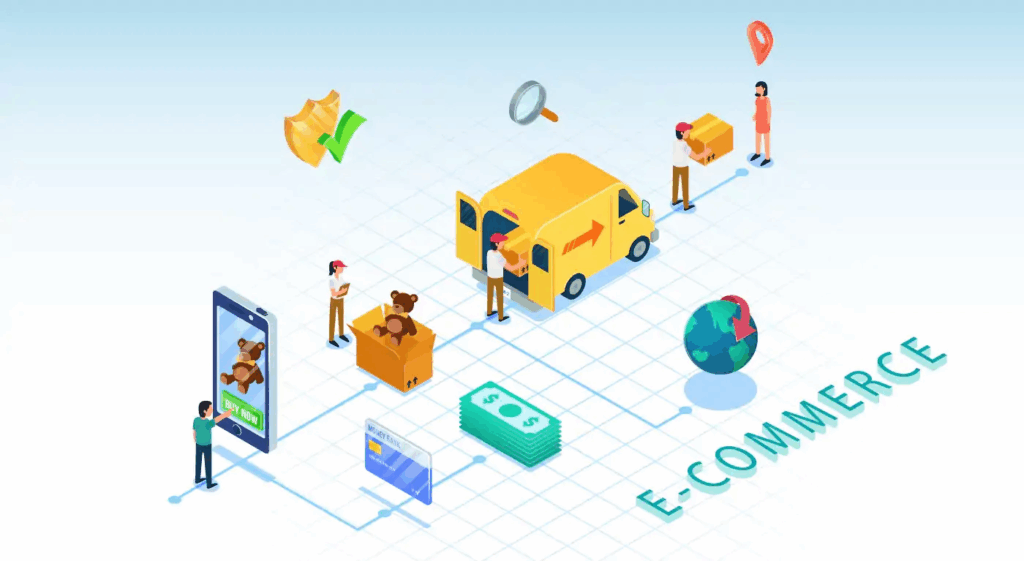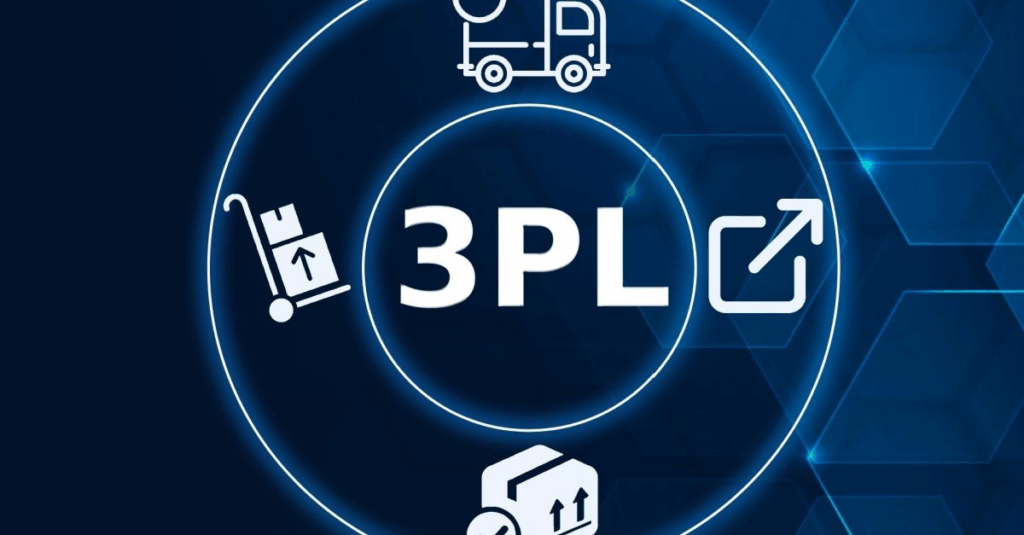如何在不牺牲速度的情况下降低电子商务履约成本
如何降低成本 电子商务履行 而又不牺牲速度,是当今在线卖家面临的最严峻挑战之一。客户期望快速、实惠、可靠的送货。与此同时,不断上涨的劳动力、包装和运输成本侵蚀着利润。要找到正确的平衡点,需要精心规划、智能技术和战略合作伙伴关系。本文探讨了在保持较高配送速度的同时优化履约成本的实用方法。

了解降低电子商务履约成本的挑战
客户的期望比以往任何时候都高
购物者需要快速送货、清晰的跟踪和灵活的送货方式。他们受到提供当日或次日送达服务的零售巨头的影响。小企业必须在不超支的情况下与这些期望竞争。
隐性成本驱动因素
履行过程中的许多成本一开始并不明显。除了运费,企业还必须管理:
- 库存 持有费用
- 拣选和包装的劳动力
- 包装材料
- 退货处理
- 用于跟踪和协调的技术平台
如果这些方面没有得到优化,成本就会迅速上升。
战略 1:更智能的库存分配,降低电子商务履约成本
区域仓储
将库存分散到不同地区的仓库,而不是将所有库存集中在一个地方,可以降低最后一英里的运输成本。当产品离客户更近时,运输时间就会缩短,运费也会降低。
使用数据决定地点
分析有助于确定大多数订单的来源地。例如,如果 40% 的订单来自美国东海岸,那么在新泽西州或宾夕法尼亚州备货就可以节省时间和金钱。
与第三方物流提供商合作

第三方物流供应商 (3PLs) 已经在运营分布式网络。与它们合作,小型电子商务公司就可以利用多个仓库,而无需建设自己的设施。
战略 2:优化包装,节约成本,提高速度
合理调整每个订单的规模
过大的包装箱会增加材料用量和运输成本。通过使用软件或自动包装解决方案,企业可以确保每个订单都以最小的安全尺寸包装。
省钱的环保包装
可持续包装,如回收纸板或可堆肥填料,通常可减轻重量并降低成本 海运 收费。它还能吸引具有环保意识的消费者,提升品牌形象。
通过改进包装减少退货
坚固而轻便的包装可减少产品在运输过程中的损坏。受损物品越少,意味着退货和更换成本越低。
战略 3:本地化履约中心
快速交付的微型仓库

城市地区的微型仓库可以实现超快交付,同时降低运输成本。这些较小的中心可以处理需求量大的商品,将较大的仓库留给长尾产品。
与本地运营商合作
与全国性承运商相比,本地承运商通常在其区域内提供更低的费率和更快的服务。与他们合作进行短途递送,既能降低成本,又能保持速度。
按需仓储选项
一些平台现在允许品牌按需租用仓库空间。这种灵活的方式可以防止对使用率不高的设施进行过度投资。
战略 4:技术与自动化
自动分拣和包装
机器人和输送系统可降低劳动力成本并加快速度 满足.即使是部分自动化,如条形码扫描和订单分批,也能大大降低成本。
人工智能驱动的需求预测
准确预测可减少库存过剩和缺货。库存过多会增加持有成本,而缺货则会延迟发货并损害客户满意度。人工智能有助于更准确地预测需求和调整库存。
智能订单路由
技术可以自动为每个订单选择最佳仓库,平衡成本和交货时间。这减少了人工决策,避免了失误。
战略 5:优化运输

给购物工具评分
软件可以比较各承运商的实时费率。企业可以在不影响速度的情况下,为每批货物选择成本最低的方案。
混合运输模式
将紧急订单的快递与时效性较差订单的经济型运输方式相结合,兼顾了成本与服务。客户可以在结账时选择自己的偏好。
跳区
通过合并 套餐 在将货物交给承运商之前,将货物移至目的地区域附近,企业就能减少按区域收取的费用,缩短转运时间。
战略 6:更智能的回报管理
明确的退货政策
透明的政策可减少混乱和不必要的退货。了解哪些可以退货,哪些不可以退货的顾客会做出更好的购买决策。
本地化返还中心
允许客户将产品退回到本地中心,而不是运回主仓库,从而减少了运输成本。 海运 成本,并加快重新进货的速度。
转售和翻新计划
企业可以检查、翻新并以折扣价转售退回的物品,而不是将其注销。这样既能回收价值,又能减少浪费。
战略 7:与履行合作伙伴合作

建立长期关系
与履约合作伙伴谈判长期合同往往能获得更优惠的价格。忠于可靠的合作伙伴还能确保服务质量始终如一。
共享基础设施
一些物流供应商提供共享仓储服务,让多个品牌使用同一设施。这样既能降低每个品牌的管理费用,又能保持服务水平。
经过验证的跟踪平台
使用经过验证的物流跟踪平台可确保准确的交货更新并降低客户服务成本。它还能防止假冒跟踪系统带来的欺诈风险,增强品牌忠诚度。
真实案例
示例 1:小型时装零售商
一家小型时尚电子商务品牌将 50% 的库存转移到高订单地区的区域仓库,从而降低了 25% 的运输成本。交货时间缩短了 1.5 天,提高了客户满意度。
示例 2:电子产品销售商
一家电子产品销售商采用了自动包装机。包装材料成本下降了 18%,损坏货物的退货量减少了 12%。
示例 3:保健品品牌
通过与城市中心的当地快递公司合作,某健康品牌将最后一公里的配送成本降低了 22%,同时还提供了 当天 在部分城市提供服务。
例 4:邮政包裹案例

PostalParcel 通过更智能的库存分配和经过验证的跟踪解决方案,帮助一家中型零售商削减了 20% 的执行成本。通过使用 PostalParcel 的本地化仓库网络和安全跟踪系统,该零售商减少了最后一英里的延误,提高了交付准确性。客户投诉减少了 30%,品牌忠诚度得分在三个月内显著上升。
在降低成本的同时建立客户忠诚度
透明建立信任
即使送货速度不是最快的,但在时间安排上保持透明也能建立客户的信心。购物者欣赏诚实和一致性,而不是不切实际的承诺。
结账时提供选项
让客户在低价、较慢的运输和优质、快速的送货之间做出选择,既能节省成本,又能满足消费者的需求。
强化可持续性优势
宣传环保包装和优化运输如何降低对环境的影响,为客户增加了另一层价值。
结论
降低成本 电子商务履行 有了正确的策略,就可以在不牺牲速度的前提下实现这一目标。通过专注于更智能的库存分配、包装优化、本地化仓库、自动化和运输效率,企业可以在节约成本和取悦客户之间取得平衡。履约不再仅仅是运送产品,而是要建立信任、确保效率并建立持久的品牌忠诚度。
行业洞察
收件箱消息
Nulla turp dis cursus.整体释放,预留空间









很好的读物!它展示了如何通过整合店铺、运输承运商和仓库来降低成本、加快履约速度,并为客户提供更好的跟踪服务。.